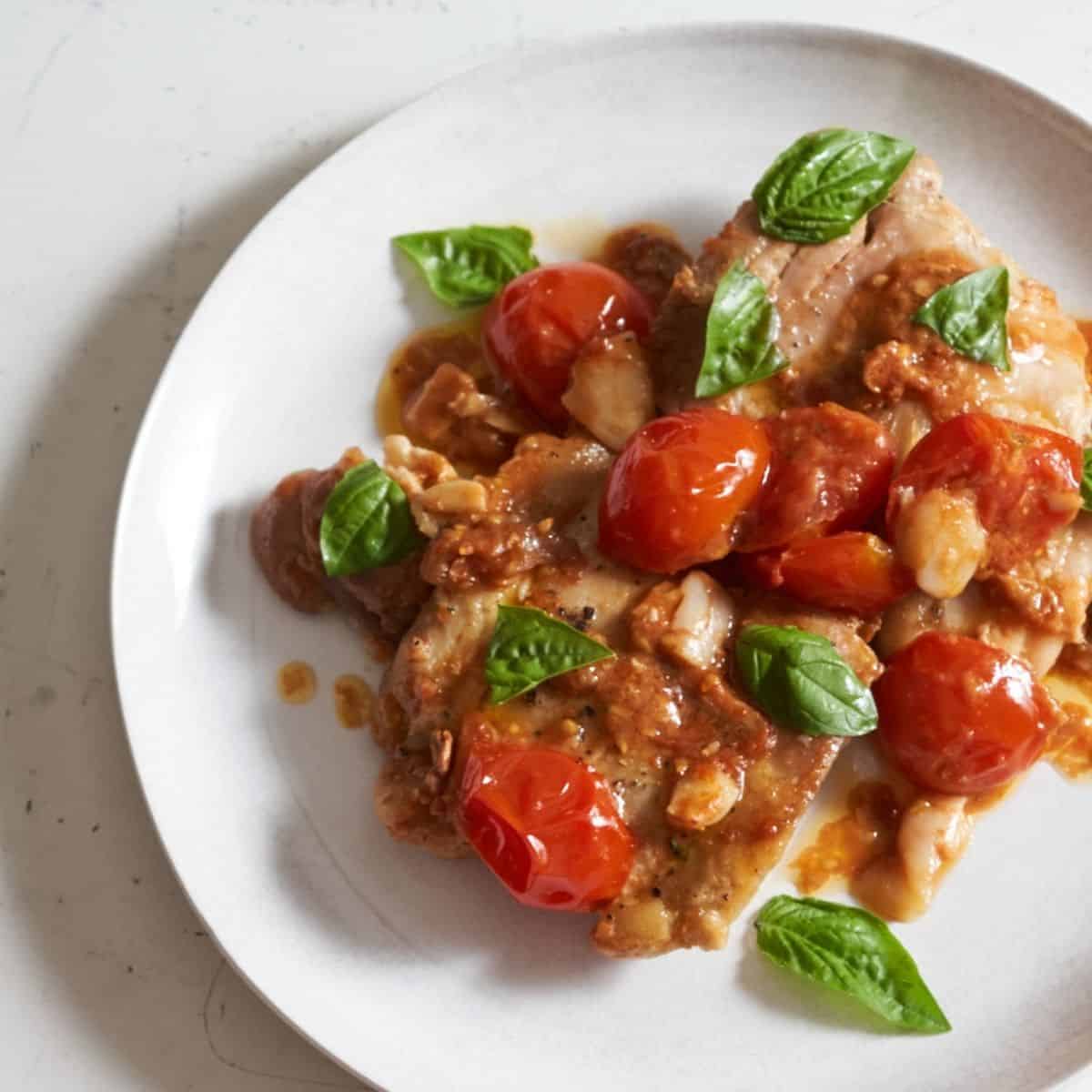Embark on a culinary journey around the world, discovering vibrant and delicious recipes that are completely egg-free! This collection showcases the incredible diversity of global cuisine, proving that you don’t need eggs to create sensational meals. Whether you’re navigating dietary restrictions, allergies, or simply seeking exciting new flavors, this guide offers a wealth of inspiration. Prepare to tantalize your taste buds with dishes ranging from fragrant Asian delights to sun-drenched Mediterranean wonders and the fiery zest of Latin American cuisine. Each recipe is meticulously crafted with step-by-step instructions and creative substitutions, ensuring a smooth and enjoyable cooking experience.
From the comforting warmth of a Japanese vegan ramen to the zesty punch of a Peruvian quinoa salad, this exploration of egg-free cooking reveals how easily you can adapt beloved dishes to suit any dietary need. We’ll unravel the secrets to creating rich textures and satisfying flavors without relying on eggs, showcasing the versatility of plant-based ingredients and global culinary traditions. Get ready to expand your culinary horizons and discover a world of egg-free possibilities.
Mediterranean Egg-Free Wonders
The sun-drenched shores of the Mediterranean offer a bounty of fresh ingredients perfect for creating vibrant and flavorful egg-free dishes. These recipes, bursting with herbs, spices, and the sweetness of ripe vegetables, showcase the region’s culinary heritage while remaining completely egg-free, making them accessible to a wider range of dietary needs. We’ll explore two distinct examples, highlighting the simple substitutions that allow you to enjoy the authentic tastes of the Mediterranean without compromise.
Greek Lemon Potatoes
Imagine tender, golden potatoes, infused with the bright zest and juice of fresh lemons, kissed with oregano, and finished with a drizzle of olive oil. This Greek Lemon Potatoes recipe is a testament to the power of simple ingredients elevated to perfection. The dish is naturally egg-free and offers a delightful side or light meal.
- Preparation: Begin by peeling and cubing 2 pounds of starchy potatoes. Rinse them thoroughly under cold water to remove excess starch.
- Cooking: Boil the potatoes in salted water until tender, about 15-20 minutes. Drain well and set aside to slightly cool.
- Flavor Infusion: While the potatoes cook, zest and juice two large lemons. In a large bowl, combine the cooled potatoes with the lemon zest, 2 tablespoons of lemon juice, 1 tablespoon of dried oregano, 1/4 cup of extra virgin olive oil, and salt and pepper to taste. Gently toss to coat each potato evenly.
- Finishing Touch: Serve immediately, or allow the flavors to meld for a deeper taste by letting the potatoes sit for 30 minutes before serving. Garnish with fresh oregano sprigs for an extra touch of Mediterranean charm.
Moroccan Tagine with Chickpeas and Apricots
This vibrant tagine showcases the rich tapestry of Moroccan flavors, a symphony of sweet and savory notes. The hearty chickpeas and sweet apricots create a satisfying and completely egg-free meal. The fragrant spices transport you to bustling Moroccan souks.
- Sautéing Aromatics: Begin by sautéing one chopped onion and two cloves of minced garlic in 2 tablespoons of olive oil until softened. The fragrant aroma fills the kitchen, promising a delicious meal to come.
- Spice Infusion: Add 1 teaspoon each of ground cumin, turmeric, ginger, and cinnamon to the pot. Stir continuously for about a minute to toast the spices and release their full aromatic potential. The kitchen now smells of warm spices and promises a flavorful journey.
- Building the Tagine: Stir in 1 (15-ounce) can of chickpeas (drained and rinsed), 1 cup of dried apricots (halved), 1 (14.5-ounce) can of diced tomatoes (undrained), 1 cup of vegetable broth, and a pinch of saffron. Bring to a simmer, then reduce heat and cover.
- Simmering Perfection: Allow the tagine to simmer gently for at least 30 minutes, or until the apricots are tender and the flavors have melded beautifully. The longer it simmers, the richer the flavors become. Serve hot with couscous or crusty bread.
Egg-Free Substitutions in Mediterranean Cooking
Many traditional Mediterranean recipes rely on eggs for binding or leavening. However, simple substitutions can easily achieve the same results. For binding, consider using mashed potatoes, finely ground flaxseed mixed with water, or even a well-seasoned chickpea flour paste. For leavening, baking powder or baking soda can often be used in place of eggs.
Nutritional Benefits of Egg-Free Mediterranean Dishes
- Rich in Antioxidants: The abundance of colorful vegetables and herbs in these dishes provides a powerful dose of antioxidants, protecting your cells from damage.
- High in Fiber: Chickpeas and other legumes are excellent sources of fiber, promoting healthy digestion and gut health.
- Good Source of Vitamins and Minerals: These recipes are packed with essential vitamins and minerals, supporting overall health and well-being.
- Heart-Healthy Fats: The generous use of olive oil provides healthy monounsaturated fats, beneficial for heart health.
- Naturally Gluten-Free (Adaptable): Many Mediterranean recipes are naturally gluten-free, making them suitable for those with celiac disease or gluten sensitivity. Always check ingredient labels to ensure all ingredients used are gluten-free.
Latin American Egg-Free Fiesta

Embark on a culinary journey through Latin America, where vibrant flavors and fresh ingredients reign supreme. This section explores three delicious and entirely egg-free recipes, showcasing the region’s diverse and exciting culinary landscape. Each dish offers a unique taste experience, highlighting the best of Latin American cuisine without compromising on flavor or texture.
Mexican Black Bean Soup
This hearty and flavorful soup is a staple of Mexican cuisine, easily adapted to be completely egg-free. The deep, earthy flavors of the black beans are complemented by the bright acidity of lime and the subtle heat of chili powder.
- Sauté one chopped onion, two cloves of minced garlic, and one chopped bell pepper (any color) in olive oil until softened.
- Add one tablespoon of chili powder, one teaspoon of cumin, and a pinch of cayenne pepper (optional) and cook for one minute more, stirring constantly to toast the spices.
- Stir in 2 (15-ounce) cans of black beans (rinsed and drained), 4 cups of vegetable broth, and one (14.5-ounce) can of diced tomatoes (undrained).
- Bring to a boil, then reduce heat and simmer for at least 20 minutes, or until the flavors have melded.
- Season with salt and pepper to taste.
- Before serving, stir in the juice of one lime and garnish with fresh cilantro and a dollop of your favorite vegan sour cream or crema fresca.
The soup is a rich, deep brown, punctuated by the vibrant green of the cilantro and the creamy white of the vegan sour cream. The black beans are tender and flavorful, creating a satisfyingly thick broth. The aroma is warm, inviting, and full of spice.
Peruvian Quinoa Salad
This refreshing salad showcases the versatility of quinoa, a complete protein, with a vibrant array of colorful vegetables and a zesty lime dressing. The textures are a delightful mix of chewy quinoa, crisp vegetables, and creamy avocado.
- Cook one cup of quinoa according to package directions.
- While the quinoa cooks, chop one cup of cherry tomatoes, half a red onion, one bell pepper (any color), and one avocado.
- In a separate bowl, whisk together the juice of two limes, two tablespoons of olive oil, one tablespoon of chopped cilantro, salt, and pepper.
- Once the quinoa has cooled, combine it with the chopped vegetables in a large bowl.
- Pour the lime dressing over the quinoa and vegetables and toss gently to combine.
- Garnish with extra cilantro and a sprinkle of chili flakes (optional).
This salad is a riot of color, with the bright red of the tomatoes, the deep green of the cilantro, the yellow or orange of the bell pepper, and the creamy green of the avocado contrasting beautifully against the pale yellow of the quinoa. The textures are a delightful interplay of soft and crisp.
Argentinian Chimichurri Sauce
This vibrant green sauce is a staple of Argentinian cuisine, typically served with grilled meats but equally delicious as a condiment for vegetables or even eggs (though not in this egg-free version!). Its fresh, herbaceous flavor is a delightful complement to many dishes.
- Finely chop one cup of fresh parsley, one-half cup of fresh oregano, two cloves of garlic, and one small red chili pepper (remove seeds for less heat).
- In a bowl, combine the chopped herbs, garlic, and chili pepper.
- Add one-half cup of olive oil, two tablespoons of red wine vinegar, one teaspoon of salt, and half a teaspoon of black pepper.
- Stir well to combine all ingredients.
- Taste and adjust seasonings as needed.
The chimichurri sauce is a vibrant, deep green, flecked with the red of the chili pepper. Its texture is slightly oily, with the herbs providing a pleasing chewiness. The aroma is intensely herbaceous and fresh, with a hint of garlic and chili.
Flavor Profile Comparison
The Mexican black bean soup offers a rich, earthy, and subtly spicy flavor profile. The Peruvian quinoa salad is bright, zesty, and refreshing, with a slightly tangy lime dressing. The Argentinian chimichurri sauce is intensely herbaceous, with a fresh, pungent flavor and a subtle heat. Each recipe provides a distinct and enjoyable taste experience, showcasing the diversity of Latin American flavors.
This culinary adventure has demonstrated that delicious and diverse global cuisine thrives without eggs. We’ve explored vibrant Asian flavors, the bright tastes of the Mediterranean, and the fiery heart of Latin American cooking, all while embracing egg-free alternatives. From simple substitutions to entirely new approaches, these recipes prove that creating flavorful, satisfying meals is accessible to everyone, regardless of dietary needs. So, gather your ingredients, embrace the adventure, and prepare to delight your palate with a world of egg-free possibilities. The journey of flavor awaits!
Common Queries
Can I substitute other ingredients for the egg replacements mentioned?
Often, yes! Many egg substitutes are interchangeable, but results may vary slightly. Experiment to find what works best for you. Refer to online resources for more substitution options.
How far in advance can I prepare these dishes?
This varies depending on the recipe. Some dishes, like sauces, can be made ahead and stored. Others are best enjoyed fresh. Check individual recipe notes for storage recommendations.
Are these recipes suitable for freezing?
Freezing suitability varies widely. Some dishes freeze well, while others may lose texture or flavor. Consult individual recipes for freezing instructions.
Where can I find more detailed instructions for each recipe?
The recipes provided offer concise steps. For more detailed instructions, including photos, consider searching online for each recipe’s name.


